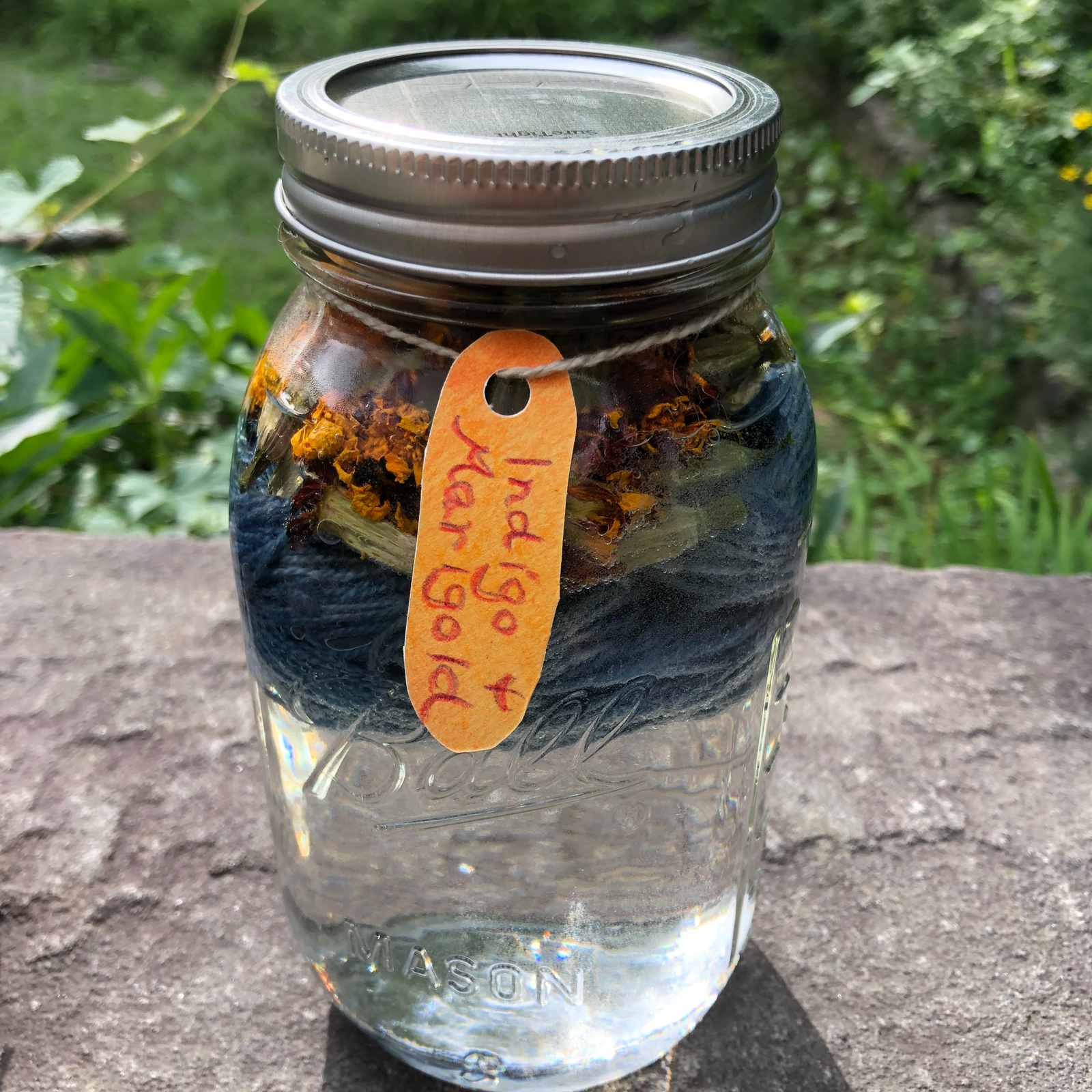I want to share the Easy Multigrain Sandwich Bread, which I adapted from the March/April 2006 issue of Cook's Illustrated magazine
I love how they use multigrain hot cereal mix to provide the nutrition of the multiple grains without them making the bread heavy and dense. This is a nice subtly sweet sandwich bread. We're having some now for lunch with Watermelon, Orange, and Feta Salad.
Easy Multigrain Sandwich Bread
Place 1 ¼ cups multigrain hot cereal mix in a medium mixing bowl and pour 2 ½ cups of boiling water over. Let stand, stirring occasionally, until mixture cools to 100 degrees and resembles thick porridge, about 1 hour.
Combine 3 cups all purpose flour and 1 ½ cups whole wheat flour in another medium bowl.
Melt 4 T unsalted butter and let cool.
Once grain mixture has cooled, add ¼ cup golden syrup, melted butter, and one packet of active dry yeast. Stir to combine. Add flour mixture, ½ cup at a time, and stir. Knead for two minutes until a ball of dough has formed. Cover with plastic wrap and allow to rest for 20 minutes.
Turn dough out onto a clean floured surface. Sprinkle with 1 T table salt and knead for 5 minutes. (Optional: add ¾ pumpkin seeds or sunflower seeds and knead another minute.)
Dough should form a smooth taut ball. Place dough in large greased mixing bowl with 4 quart capacity, turn dough so that it is oiled all over, cover, and let rise until doubled, 45 to 60 minutes.
Grease two 9 x 5 inch loaf pans.
Transfer dough to lightly floured work surface and pat into 12 by 9 inch rectangle. Cut dough in half crosswise.
Shape each piece into a loaf as follows. With short side facing you, starting at farthest end, roll dough piece into a log. Keep roll taut by tucking it under itself as you go. To seal loaf, pinch seam gently with thumb and forefinger. Spray loaves lightly with water. Roll each dough log in ¼ cup old-fashioned rolled oats or quick oats. Coat evenly. Place loaf seam-side down into greased loaf pan, pressing gently into corners. Cover with plastic wrap and let rise until almost doubled in size, 30 to 40 minutes. Dough should barely spring back when poked with a knuckle.
Adjust oven rack to middle position and preheat to 375 degrees.
Bake 35 to 40 minutes, until internal temperature registers 200 degrees on instant-read thermometer. Remove loaves from pan and cool on wire rack before slicing, about 3 hours.
Yield: 2 loaves
Storage: Bread can be wrapped in a double layer of plastic wrap and stored at room temperature for 3 days. Wrap with an additional layer of aluminum foil and freeze for up to one month.




 Immersive Experience
Immersive Experience Immersive Experience
Immersive Experience






